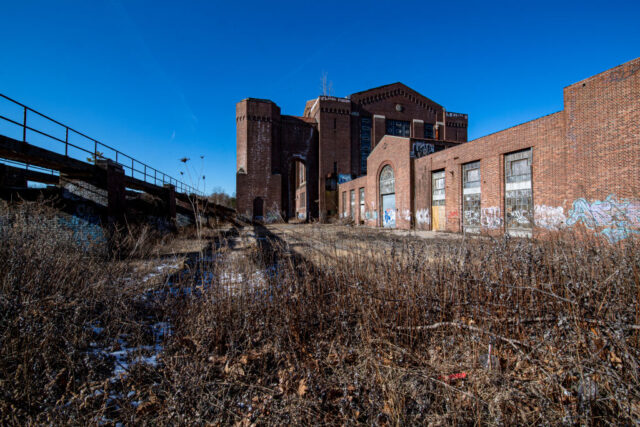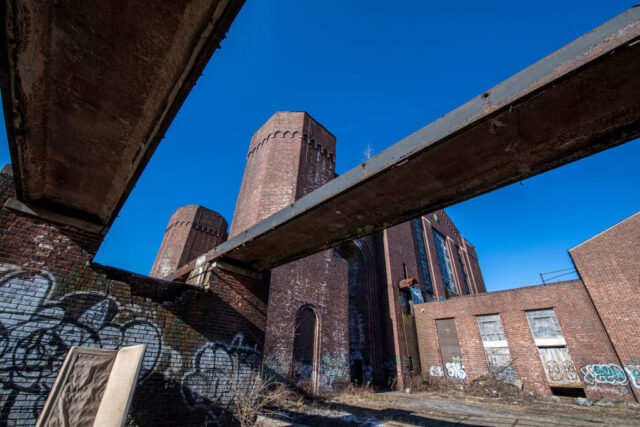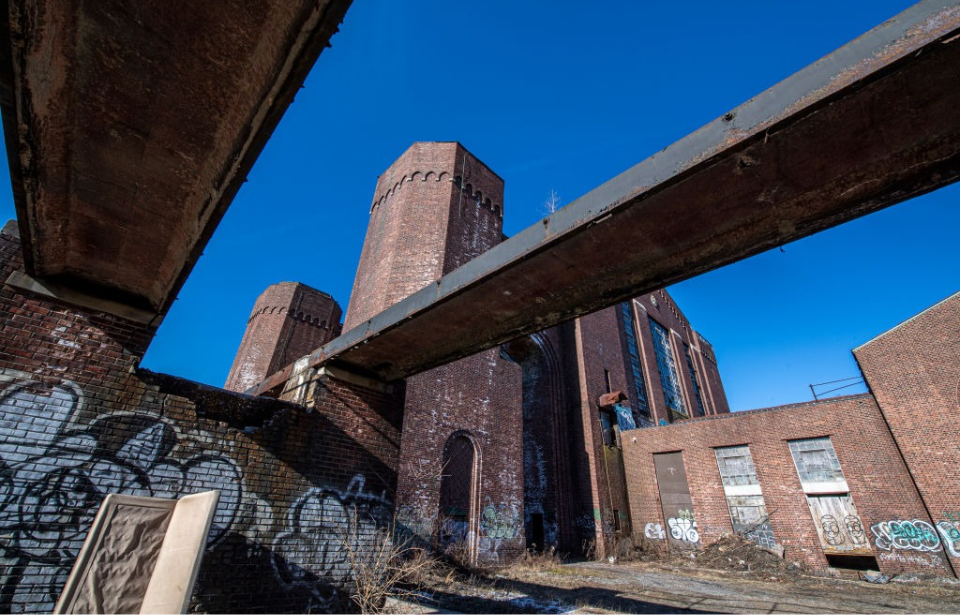Pilgrim State Hospital, located in Brentwood, New York, was once a bustling hub of psychiatric care, established in the early 20th century and designed as a haven for those needing psychiatric help. It grew rapidly to become one of the largest hospitals of its kind in the world, and today, what is left of the institution stands as a monument to the complex history of mental health care. From its inception, the hospital was at the forefront of many treatment innovations, which have since shaped modern psychiatric practices. The remnants of these pioneering efforts now lie quiet, enveloped in the stillness of its vast grounds.
The creation of the Pilgrim State Hospital

By 1900, overcrowding in New York City’s psychiatric asylums had become a serious problem, prompting strategies like relocating patients to rural Long Island for farming. These new state hospitals, called “farm colonies,” emphasized live-and-work treatment programs centered on agriculture. However, Kings Park State Hospital and Central Islip State Hospital soon became overcrowded as well.
To address the issue, New York State planned a third farm colony, Pilgrim State Hospital, named after Charles W. Pilgrim. The state bought around 1,000 acres in Brentwood, and the hospital opened on October 1, 1931. Buildings were arranged in quads, with four buildings surrounding a central kitchen.
Pilgrim State Hospital was more than just a psychiatric facility

Pilgrim State Hospital was not just a place for treatment; it was a self-contained community. At its peak, the hospital operated its own police and fire department, a post office, and a power plant. It was a city unto itself, designed to be self-sufficient, reflecting the isolation often felt by those dealing with mental health issues. The architecture and scale of the hospital were a testament to the era’s ambition to provide comprehensive care for the mentally ill, a stark contrast to today’s more integrated approaches to mental health treatment.
This immense facility not only catered to the needs of its patients but also employed thousands of staff, becoming one of the largest employers in the region. The hospital’s influence extended beyond its immediate community, impacting regional development and the overall approach to psychiatric care during its time of operation.
Over time, the hospital continued to grow, leading to the construction of Edgewood State Hospital as a subsidiary. During World War II, the War Department took over Edgewood and several buildings at Pilgrim State, renaming them Mason General Hospital for treating battle-traumatized soldiers, and after the war, Pilgrim State became the world’s largest hospital.
The rise and decline of the hospital

Initially, the hospital was a pioneer in the treatment of mental health, adopting “progressive” therapies and aiming to provide a sanctuary for healing, which included the performance of thousands of lobotomies on its patients. However, as treatment methods evolved and the stigma surrounding psychiatric conditions shifted, the need for such large-scale institutions waned. The decline of Pilgrim State Hospital began as policies moved towards more community-based treatments, as well as the advent of pharmaceutical treatments, leading to a significant reduction in patient numbers and, eventually, the abandonment of many of its buildings.
As the years passed, the once-thriving hospital corridors grew quiet, and the pioneering spirit that defined its early years faded away. The shift towards outpatient treatment and smaller, more personal care facilities marked the end of an era for Pilgrim State Hospital, mirroring a nationwide trend in mental health care.
It is a 20th-century architectural marvel

A walk through the abandoned spaces of Pilgrim State Hospital is a walk back in time. The sprawling campus showcases early 20th-century architecture, now framed by nature’s reclaiming hand. Vines creep over the brick facades, and trees sprout through foundations, creating a visual spectacle that, unsurprisingly, attracts photographers and urban explorers alike.
The architectural grandeur of Pilgrim State Hospital reminds us of the ambitions and hopes of a bygone era. As nature encroaches upon these structures, it offers a powerful visual of the passage of time and the inevitable transformation of all human endeavors.
More from us: Brestovac Sanatorium: The Croatian Tuberculosis Hospital Built On a Love Story
Pilgrim State Hospital is a prime example of our evolving understanding of mental health. While it now lies mostly abandoned, its legacy is important for future generations. It serves as both a cautionary tale about the ways we treat the most vulnerable in society and a beacon of hope for better understanding and integrating mental health care. As we move forward, let the silent halls of Pilgrim State Hospital remind us of where we’ve been and where we must strive to go in the realm of mental health care.
